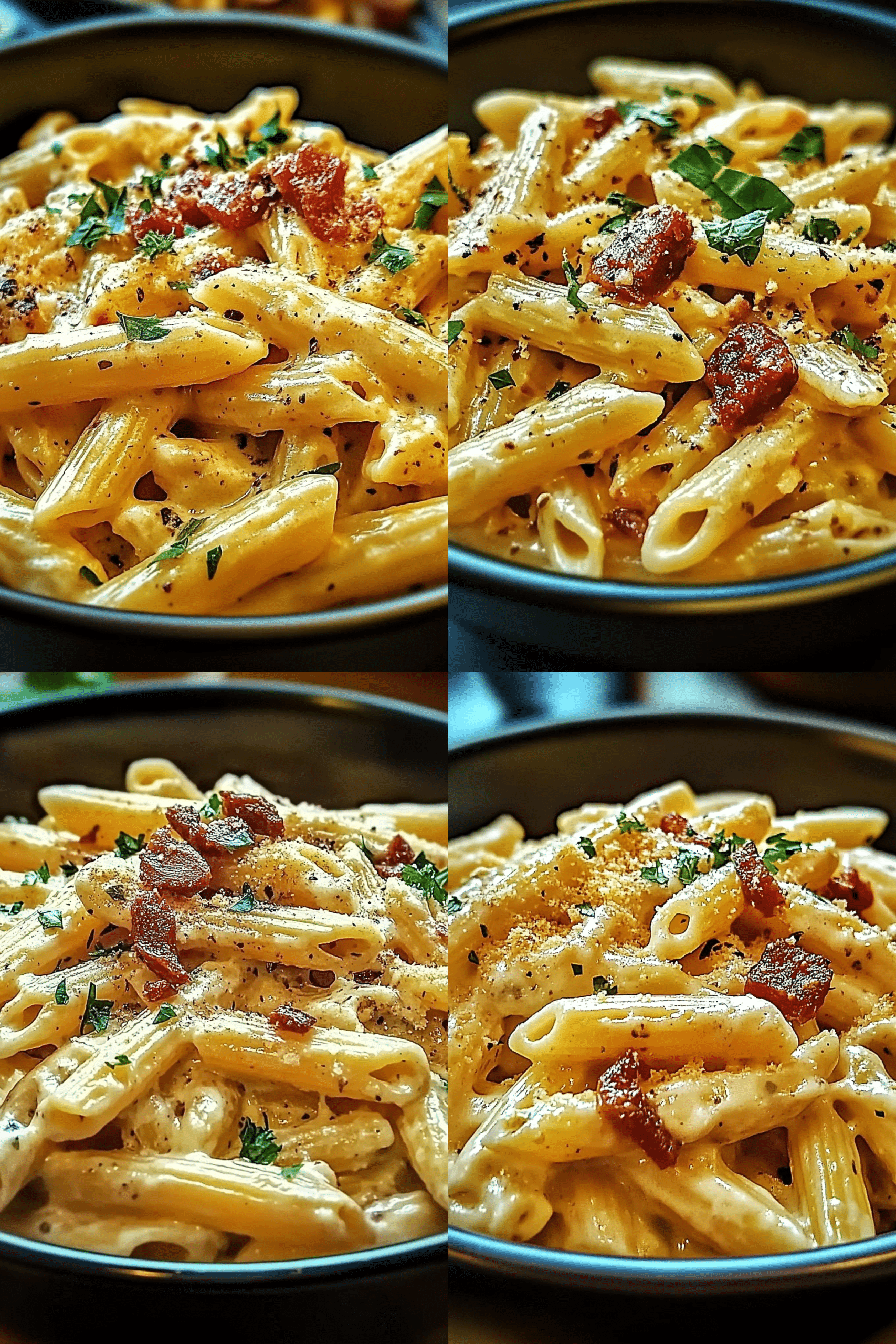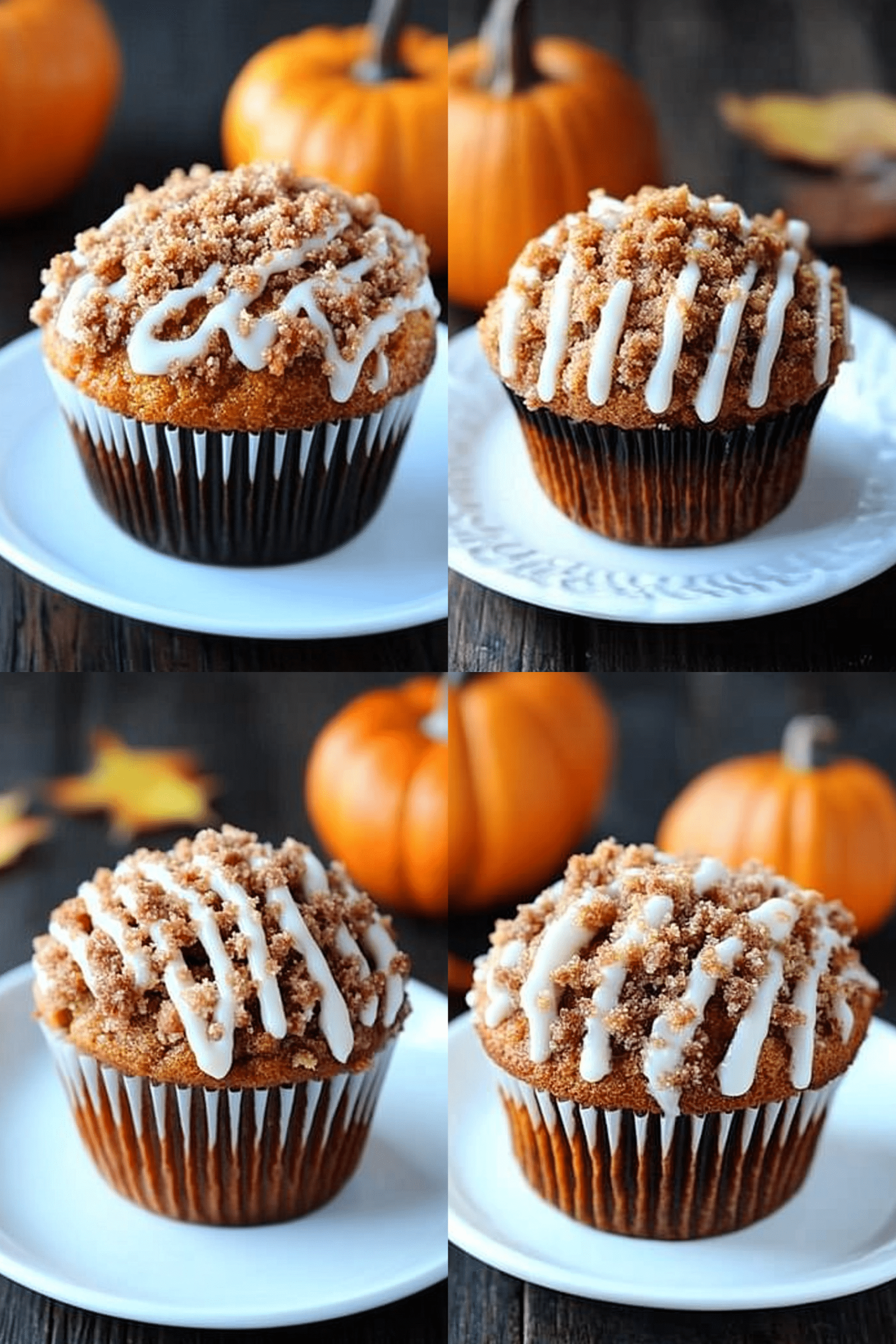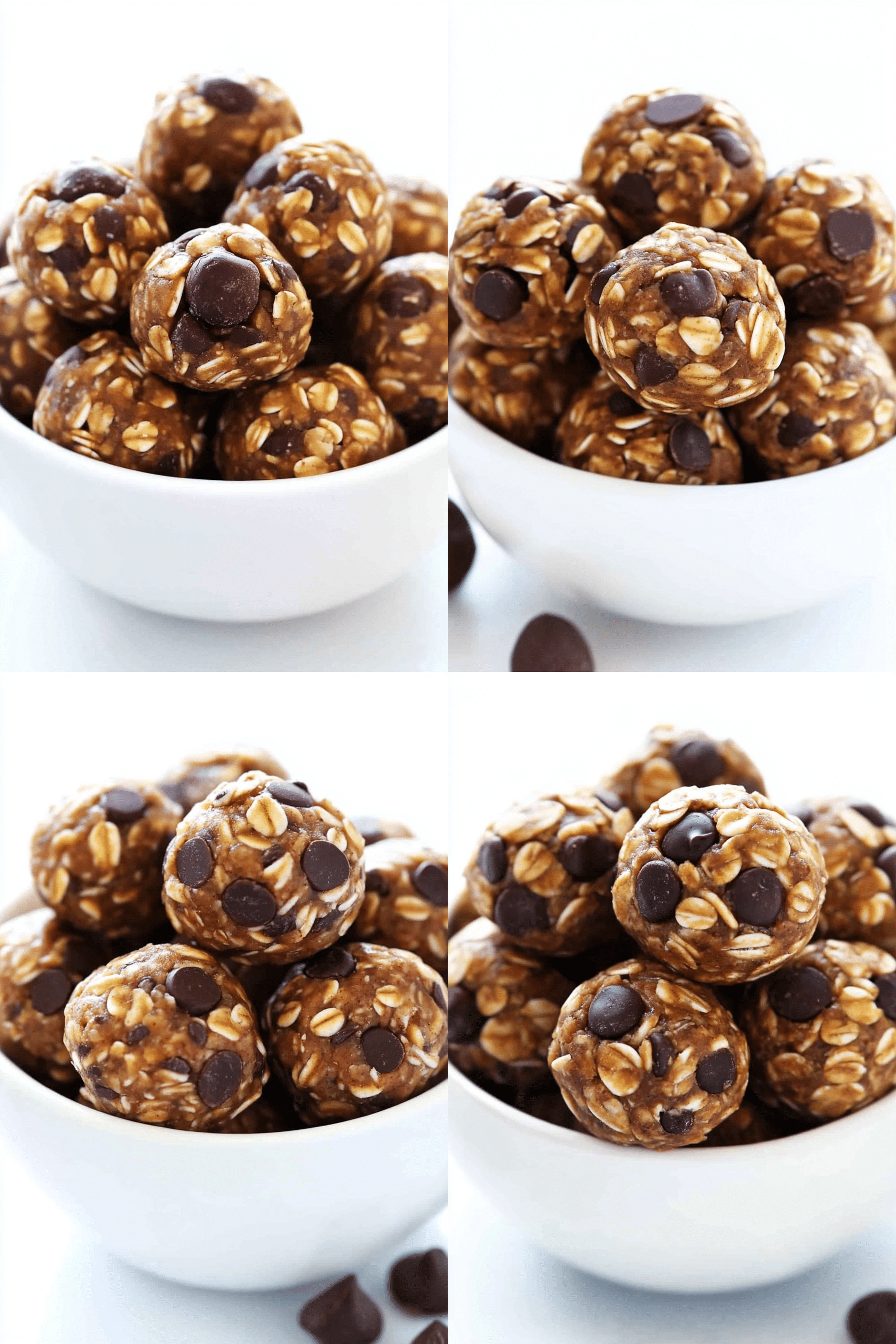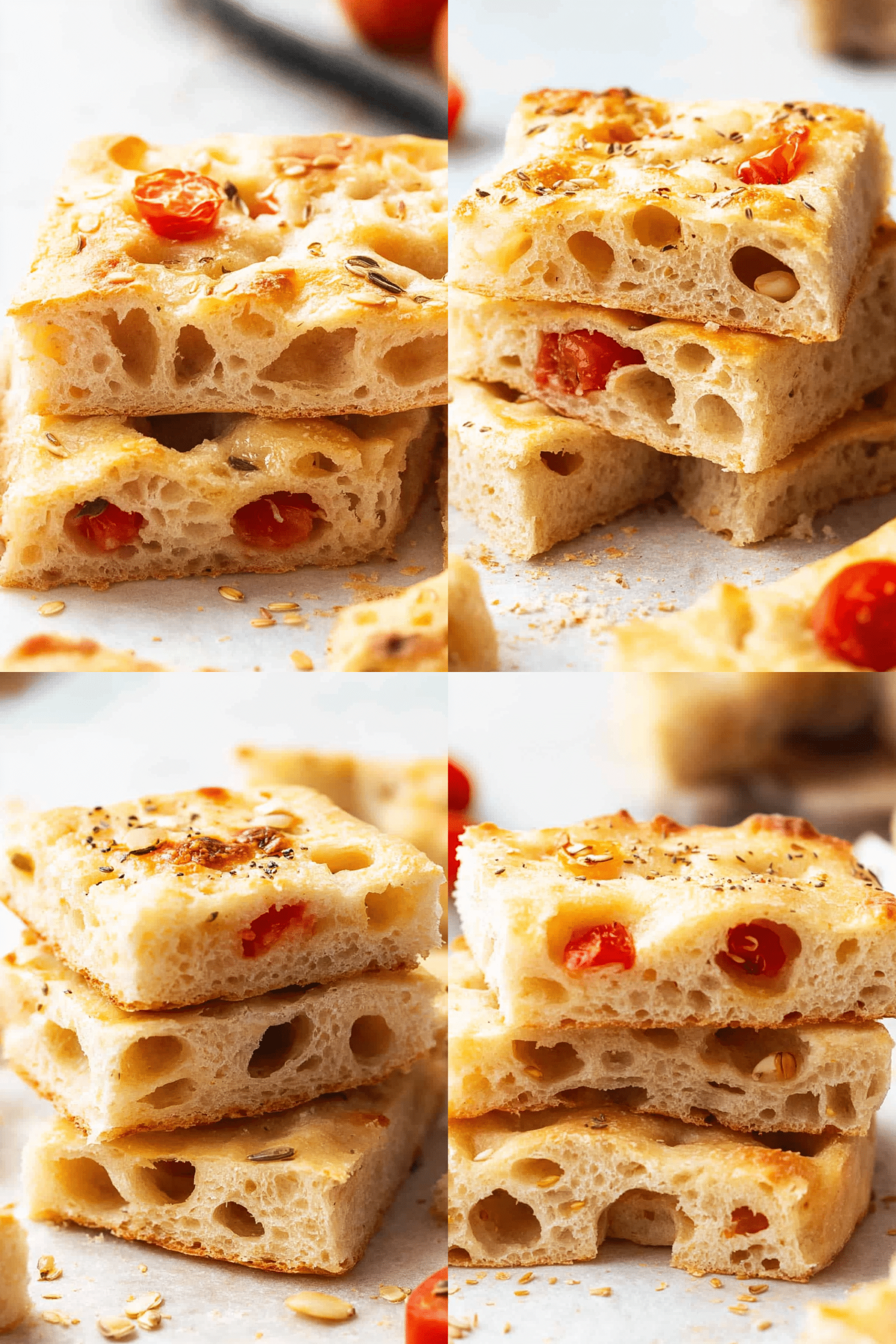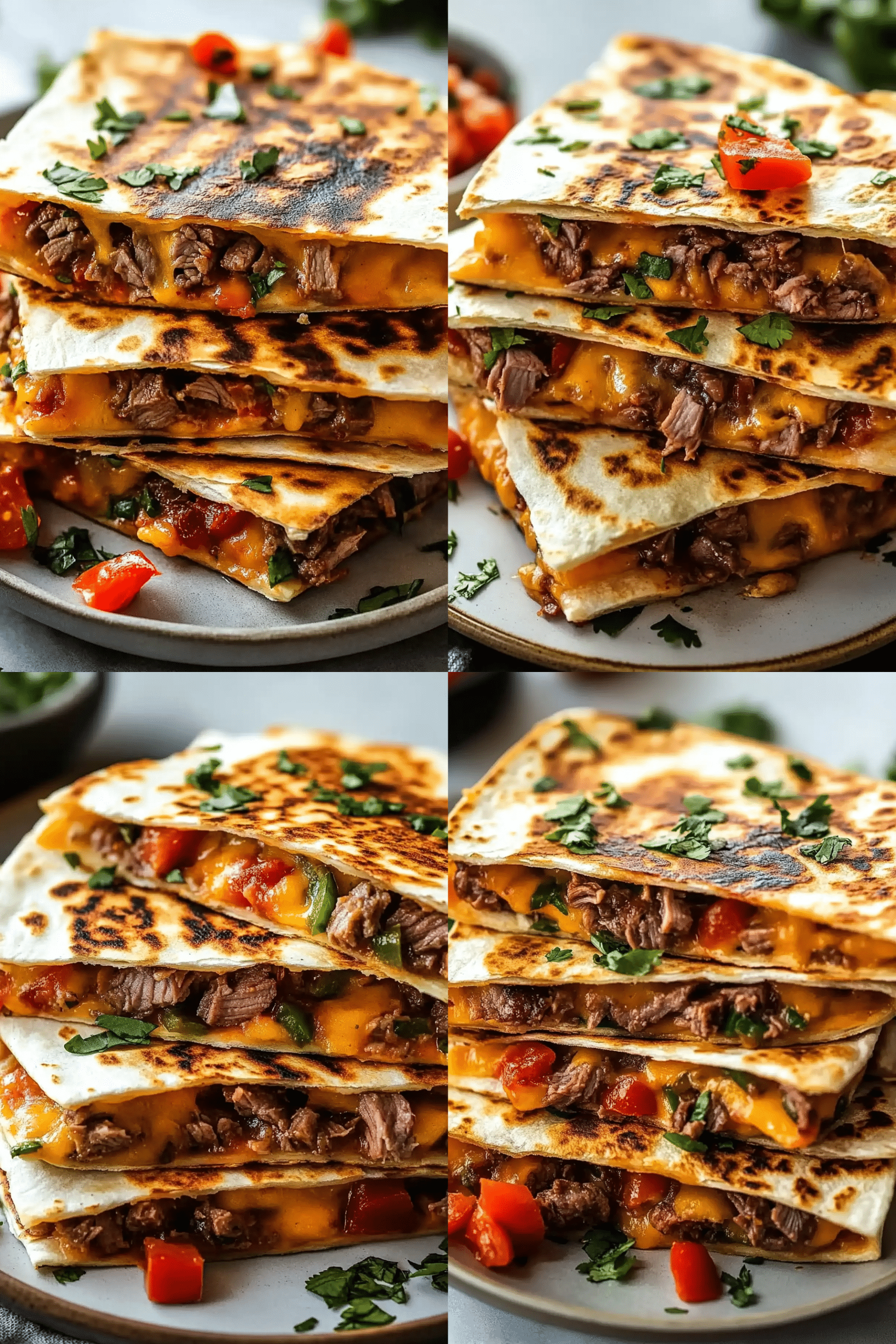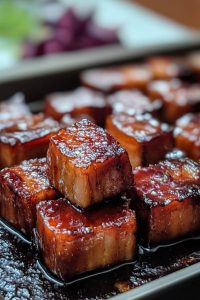There are some recipes that just feel like a warm hug, aren’t there? The kind that you can whip up on a whim, and they instantly elevate your day from ordinary to something a little bit special. For me, that’s this spelt focaccia. It’s not just bread; it’s a labor of love that’s surprisingly simple to achieve, and the aroma that fills my kitchen when it’s baking? Pure magic. I remember the first time I made it, I was trying to impress some friends coming over for an impromptu dinner, and I was a nervous wreck. But this spelt focaccia turned out so beautifully, so rustic and delicious, that it became the star of the show. Honestly, it’s leagues better than any store-bought loaf and feels infinitely more rewarding than a standard white bread recipe. It’s become my secret weapon for potlucks, a welcome addition to any charcuterie board, and, dare I say it, my favorite way to enjoy a good olive oil. If you’ve ever been intimidated by bread baking, trust me, this is the recipe to change your mind.
Thank you for reading this post, don't forget to subscribe!What is Spelt Focaccia?
So, what exactly is this spelt focaccia I’m raving about? Think of it as the rustic, slightly more sophisticated cousin to your everyday white focaccia. It uses spelt flour, an ancient grain that has this wonderfully nutty, slightly sweet flavor and a beautiful golden hue. It’s a close relative to wheat, so it bakes up with a similar texture, but it often has a lighter, more digestible feel. Focaccia itself is a flat, oven-baked Italian bread, kind of like a pizza dough that’s been given the royal treatment with olive oil, herbs, and sea salt. My version takes that classic goodness and gives it a wholesome twist with the spelt flour. It’s airy and chewy on the inside, with a wonderfully crisp, golden crust that’s just begging to be dipped in extra virgin olive oil. It’s simple, honest, and incredibly satisfying.
Why you’ll love this recipe?
There are so many reasons why this spelt focaccia has earned a permanent spot in my recipe rotation. First and foremost, the flavor is just incredible. That subtle nuttiness from the spelt flour really shines through, making it taste so much more complex and interesting than plain white flour bread. It’s wonderfully complemented by good quality olive oil and flaky sea salt. Then there’s the sheer simplicity of it. I know, I know, “bread” can sound daunting, but this focaccia is surprisingly forgiving. You don’t need any fancy equipment, just a good bowl, a baking pan, and a little bit of patience for the dough to rise. It’s practically foolproof! And the cost-effectiveness? Absolutely brilliant. Flour, yeast, water, olive oil – pantry staples that won’t break the bank. What I truly adore, though, is its versatility. This isn’t just a side dish; it’s a star in its own right. I love slicing it thick for sandwiches, using it as a base for bruschetta, or simply tearing off chunks to dip into soup. Compared to other flatbreads or even a simple baguette, this spelt focaccia offers a depth of flavor and a delightful texture that keeps me coming back for more. It’s the perfect recipe for those nights when you want something homemade and comforting without spending hours in the kitchen. My family devours it, and I always feel a little proud when I see their happy faces digging in.
How do you make Spelt Focaccia?
Quick Overview
Making this spelt focaccia is a straightforward process. You’ll activate yeast, mix your dough, let it rise until beautifully puffy, dimple it generously with your fingertips, add your toppings, and bake until golden brown. The magic happens in the resting times, which allow the spelt flour to work its wonders and the yeast to create that incredible airy texture. It’s a wonderfully tactile process, and the results are always so rewarding. Don’t be intimidated by the rising times; they’re crucial for that signature light and chewy crumb!
Ingredients
For the Main Batter:
400g (about 3 cups) whole spelt flour (I like to use a good quality organic one for the best flavor)
10g (about 2 teaspoons) instant dry yeast (no need to proof this if it’s instant!)
8g (about 1.5 teaspoons) fine sea salt
320ml (about 1.3 cups) lukewarm water (around 105-115°F or 40-46°C – not too hot, not too cold!)
60ml (about 1/4 cup) extra virgin olive oil, plus more for greasing
For the Filling:
4 tablespoons extra virgin olive oil
1 teaspoon flaky sea salt (like Maldon), or more to taste
Optional: Fresh rosemary sprigs, olives, cherry tomatoes halved, thinly sliced red onion
For the Glaze:
2 tablespoons extra virgin olive oil
Pinch of flaky sea salt
“I don’t know if I’ve ever eaten a better spelt focaccia. The rub alone is wonderful, but the sauce??? Over the top!”
Step-by-Step Instructions
Step 1: Preheat & Prep Pan
First things first, preheat your oven to 400°F (200°C). This is important because we want the oven nice and hot when the dough is ready. Now, grab a baking pan. I usually use a 9×13 inch (23×33 cm) metal or glass baking pan. Generously grease the bottom and sides of the pan with about 2 tablespoons of olive oil. Don’t be shy with the oil here; it’s what gives the focaccia that gorgeous crispy bottom and prevents it from sticking.
Step 2: Mix Dry Ingredients
In a large mixing bowl, add your whole spelt flour, instant dry yeast, and fine sea salt. Give them a good whisk together. This ensures the yeast and salt are evenly distributed throughout the flour, which helps with an even rise and flavor. I always like to do this step separately before adding any wet ingredients. It just feels more organized and ensures everything is well combined from the start.
Step 3: Mix Wet Ingredients
In a separate jug or bowl, combine the lukewarm water and the 60ml of extra virgin olive oil. Give it a gentle stir. The temperature of the water is key here. If it’s too hot, it can kill the yeast, and if it’s too cold, the yeast won’t activate properly. Lukewarm is just right – you should be able to comfortably touch it.
Step 4: Combine
Now, pour the wet ingredients into the bowl with the dry ingredients. Using a wooden spoon or a spatula, mix everything together until it just comes together into a shaggy, sticky dough. Don’t overmix it at this stage; we’re not trying to develop gluten like we would for a pizza crust. The spelt flour can be a bit different to work with, and a sticky dough is perfectly fine, even desirable! If it seems too dry, add another tablespoon of water; if it’s too wet, a sprinkle more flour. Just aim for a cohesive mass.
Step 5: Prepare Filling
While the dough is doing its thing, prepare any toppings you might want to add. If you’re using rosemary, strip the leaves off the woody stems. If you’re using olives, you might want to halve them. If you’re using cherry tomatoes, halve them too. Having everything ready makes the next steps so much smoother. The beauty of focaccia is that you can get really creative with your toppings!
Step 6: Layer & Swirl
Pour the sticky dough into your prepared, oiled baking pan. Don’t worry about spreading it evenly right away. Cover the pan loosely with plastic wrap or a damp kitchen towel and let it rest in a warm place for about 1 hour, or until it has roughly doubled in size and looks wonderfully puffed up. Once it’s risen, uncover it. Now, oil your fingertips generously and gently press down into the dough all over, creating those characteristic dimples. Don’t push all the way to the bottom, but create nice little wells. Drizzle the remaining 4 tablespoons of olive oil over the surface of the dough, letting it pool in the dimples. Scatter your chosen toppings over the dough. If you’re using herbs like rosemary, press them gently into the dough. Add your olives, tomatoes, or onions now.
Step 7: Bake
Pop the pan into your preheated oven. Bake for 25-35 minutes, or until the focaccia is a beautiful golden brown on top and around the edges, and it sounds hollow when tapped on the bottom. The exact time will depend on your oven, so keep an eye on it. If the top is browning too quickly, you can loosely tent it with foil.
Step 8: Cool & Glaze
Once baked, carefully remove the focaccia from the oven. While it’s still warm, brush the top with the 2 tablespoons of olive oil and sprinkle with a pinch more flaky sea salt. This extra drizzle of oil gives it a lovely sheen and adds another layer of flavor. Let the focaccia cool in the pan for about 10-15 minutes before carefully transferring it to a wire rack to cool further. It’s best served warm, but it’s still delicious at room temperature.
“The spelt focaccia turned out amazing. My kids asked for seconds. Saving this one!”
Step 9: Slice & Serve
Once it’s cooled enough to handle (but still wonderfully warm!), slice your spelt focaccia into squares or rectangles. The best way to slice it is with a sharp knife or even a pizza cutter. Serve it immediately and watch it disappear! It’s perfect for dipping, scooping, or just enjoying on its own.
What to Serve It With
This spelt focaccia is honestly so good, you could eat it all on its own with nothing but a smear of good butter. But if you’re looking to pair it with other deliciousness, oh, the possibilities are endless! For breakfast, I love toasting a thick slice and topping it with a poached egg and a sprinkle of chili flakes. It’s also fantastic alongside a good cup of coffee; the slightly sweet, nutty flavor of the spelt is a lovely counterpoint to the bitterness of the coffee. For a more substantial brunch, imagine this: a platter of beautiful cheeses, cured meats, some fresh fruit, and generous slices of warm focaccia. It’s elegant without being fussy. I’ve also found it makes a surprisingly decadent dessert! A drizzle of honey over a warm piece, maybe with a dollop of mascarpone or some fresh berries, is just divine. And for those cozy snack attacks? It’s perfect with a bowl of hearty tomato soup, a rich lentil stew, or even just alongside some olives and a glass of wine. My kids go wild for it when I make little mini pizzas on top of it with a bit of tomato sauce and mozzarella, baked until melty.
Top Tips for Perfecting Your Spelt Focaccia
I’ve made this spelt focaccia more times than I can count, and through a few (minor!) mishaps, I’ve picked up a few tricks that I think really make a difference. For the spelt flour, I always recommend using a good quality whole spelt flour. It has a richer flavor and a better texture than refined spelt. If you can only find white spelt, it will still work, but you might need to adjust the water slightly as it can be a bit drier. When it comes to mixing the dough, remember that spelt flour doesn’t develop gluten the same way as wheat flour. You’re not aiming for a smooth, elastic dough here. Just mix until everything is combined into a shaggy, sticky mass. Overmixing can actually make it tough, which is the last thing we want in a focaccia! The resting time is crucial. Don’t rush it. A good, slow rise in a warm place allows the spelt flour to hydrate properly and the yeast to work its magic, creating those beautiful airy pockets. When you’re dimpling the dough, make sure your fingers are well-oiled. This prevents sticking and creates those lovely deep wells where the olive oil can pool. And speaking of olive oil, use a good one! It’s a primary flavor in focaccia, so the better the oil, the better the bread. For swirl customization, if you’re adding things like olives or tomatoes, press them down gently into the dough before baking so they don’t fall out. You can also add a pinch of dried herbs like oregano or thyme to the dough itself for an extra layer of flavor. When it comes to baking, ovens can be so different. My best advice is to get to know your oven. If yours tends to run hot, you might want to reduce the temperature slightly or keep a closer eye on it. A good indicator of doneness is that beautiful golden-brown color and a nice springy texture when you gently press the top. I’ve also learned that ingredient swaps can work, though they might alter the texture slightly. If you’re out of instant yeast, you can use active dry yeast, but you’ll need to proof it in the warm water with a pinch of sugar first for about 5-10 minutes until it’s foamy. For the salt, if you’re using a coarser salt in the dough, you might need to slightly reduce the amount as it can be more concentrated. For glaze variations, if you don’t have extra olive oil, a little melted butter brushed on top works too, but it gives a different flavor profile and a slightly less crispy finish.
Storing and Reheating Tips
This spelt focaccia is truly best enjoyed fresh, ideally within a few hours of baking. However, it stores surprisingly well, which is a lifesaver! At room temperature, it will keep for about 2-3 days if stored properly. I like to keep it in an airtight container or wrap it tightly in plastic wrap or a clean kitchen towel. This helps to retain its moisture and prevent it from drying out. If you’re planning to store it for longer, the refrigerator is your best bet. Wrap it well in plastic wrap, then place it in an airtight container or a resealable bag. It should keep well in the fridge for up to 5 days. The texture might become a little firmer, but it’s still perfectly delicious. For longer storage, freezing is an excellent option. Let the focaccia cool completely, then wrap it tightly in plastic wrap, followed by a layer of aluminum foil or place it in a heavy-duty freezer bag. It can stay in the freezer for up to 2-3 months. When you’re ready to enjoy it, I recommend thawing it overnight in the refrigerator. For the glaze timing, it’s best to add that final drizzle of olive oil and flaky salt right after baking while the focaccia is still warm. If you’re reheating, I find a quick toast in the oven or toaster oven does wonders. Just a few minutes at around 350°F (175°C) will bring back that lovely crispness to the crust and warm it through beautifully. If it’s been in the fridge, you might want to brush it with a little fresh olive oil before reheating.
Frequently Asked Questions
Final Thoughts
Honestly, this spelt focaccia recipe is one of those gems that just keeps on giving. It’s the perfect blend of wholesome ingredients, rustic charm, and unbelievable flavor that makes you feel like a baking pro, even if you’re just starting out. It’s proof that delicious, satisfying bread doesn’t have to be complicated or time-consuming. It’s a recipe that has brought so much joy to my kitchen, and I truly hope it does the same for yours. If you’re a fan of this kind of rustic, flavorful bread, you might also enjoy my sourdough starter guide or my simple no-knead crusty bread recipe – they’re all about achieving incredible results with minimal fuss. Give this spelt focaccia a try; I promise you won’t regret it. I can’t wait to hear how yours turns out, so please leave a comment below and tell me about your baking adventures! Don’t forget to share photos if you can – I love seeing your creations!
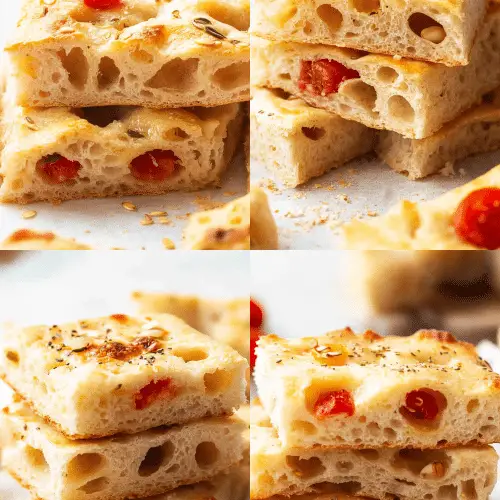
Spelt Focaccia
Ingredients
Dough
- 3.5 cups spelt flour
- 1.5 teaspoons instant yeast
- 1 teaspoons salt
- 1.25 cups warm water around 105-115°F (40-46°C)
- 0.25 cup olive oil plus more for greasing
Toppings
- 2 tablespoons olive oil
- 1 teaspoon coarse sea salt
- 0.5 teaspoon dried rosemary optional
Instructions
Preparation Steps
- In a large bowl, whisk together the spelt flour, instant yeast, and salt.
- Add the warm water and 0.25 cup of olive oil to the dry ingredients. Mix with a spoon or spatula until a shaggy dough forms.
- Turn the dough out onto a lightly floured surface and knead for 8-10 minutes, or until smooth and elastic. The dough will be slightly sticky.
- Lightly grease a clean bowl with olive oil. Place the dough in the bowl, turning to coat. Cover the bowl with plastic wrap or a clean kitchen towel and let it rise in a warm place for 1 to 1.5 hours, or until doubled in size.
- Preheat your oven to 425°F (220°C).
- Grease a 9x13 inch baking pan with olive oil. Gently punch down the risen dough and transfer it to the prepared pan. Press the dough to fill the pan evenly, using your fingertips.
- Dimple the surface of the dough with your fingertips. Drizzle the remaining 2 tablespoons of olive oil over the dough.
- Sprinkle the coarse sea salt and rosemary (if using) over the dough.
- Bake for 20-25 minutes, or until golden brown and cooked through.
- Let the focaccia cool in the pan for a few minutes before transferring it to a wire rack to cool completely. Slice and serve.



